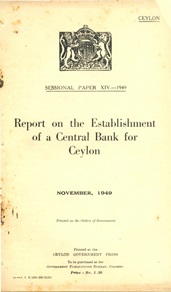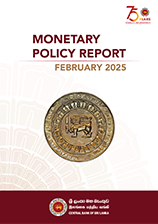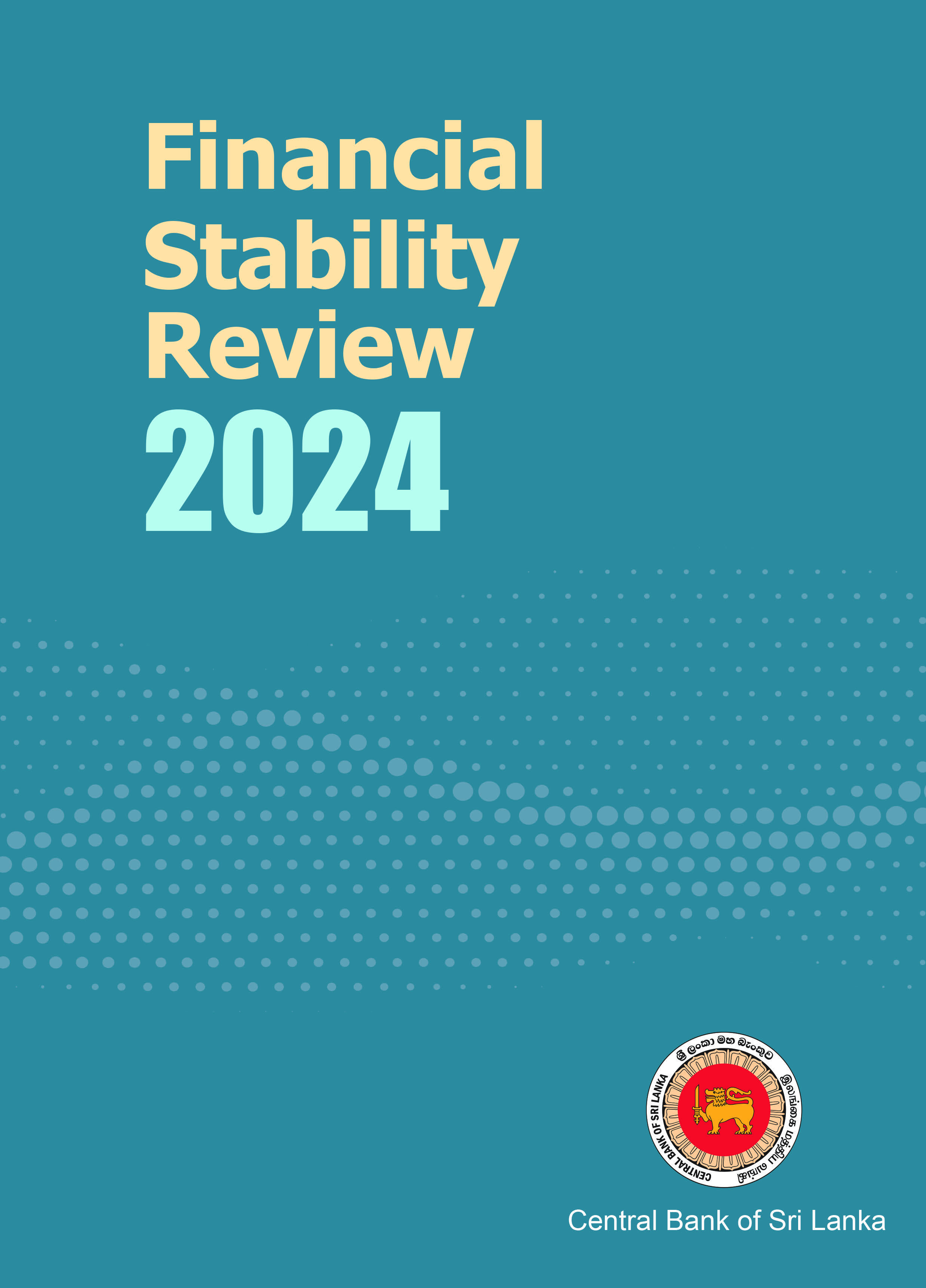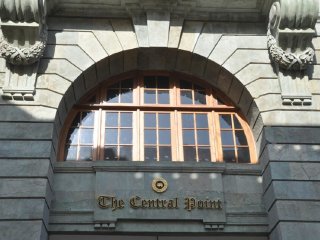As part of current policy measures taken to improve the foreign exchange inflows to the country, the Hon. Minister of Finance has issued the Gazette Notification (Extraordinary) No: 1960/66 dated 01 April 2016 containing the following.
-
Repatriation of Payments Received for Goods Exported from Sri Lanka
-
Monetary Policy Review - April 2016
Headline inflation, as measured by the Colombo Consumers’ Price Index (CCPI, 2006/2007=100), declined to 2.0 per cent on a year-on-year basis in March 2016 from 2.7 per cent in February 2016, mainly due to the decline in food inflation. On an annual average basis, CCPI based headline inflation edged up to 1.1 per cent in March 2016 from 0.9 per cent in the previous month. Year-on-year headline inflation, based on the National Consumer Price Index (NCPI, 2013=100), was 2.2 per cent in March 2016 compared to 1.7 per cent in the previous month, and was 2.4 per cent on an annual average basis. Meanwhile, the CCPI based core inflation, which reflects underlying demand pressures in the economy, declined to 4.5 per cent in March 2016 from 5.7 per cent in the previous month, on a year-on-year basis.
-
The Annual Report of the Central Bank of Sri Lanka for the Year 2015
The sixty sixth Annual Report of the Monetary Board of the Central Bank of Sri Lanka was presented to His Excellency the President Maithripala Sirisena and the Prime Minister, Hon. Ranil Wickremasinghe, while in terms of Section 35 of the Monetary Law Act No. 58 of 1949, it was also submitted to Hon. Ravi Karunanayake, the Minister of Finance by Mr. Arjuna Mahendran, the Governor of the Central Bank of Sri Lanka.
-
IMF Reaches Staff Level Agreement with Sri Lanka on Three-Year $1.5 Billion EFF
End-of-Mission press releases include statements of IMF staff teams that convey preliminary findings. The views expressed in this statement are those of the IMF staff and do not necessarily represent the views of the IMF’s Executive Board. Based on the preliminary findings of this mission, staff will prepare a report that, subject to management approval, will be presented to the IMF's Executive Board for discussion and decision.
Following discussions held between IMF staff and the Sri Lankan authorities during the 2016 Spring Meetings in Washington, staff-level agreement was reached on a three-year program to be supported by the IMF’s Extended Fund Facility (EFF).
Mr. Todd Schneider, IMF mission chief for Sri Lanka, made the following statement:
-
Appointment of New Assistant Governors
The Monetary Board, at its meeting held on 05th April 2016 has promoted Miss. K Saravanamuttu and Mr. E A Hettiarachchi; Mr. R A A Jayalath, Mr. K M M Siriwardana and Mr. S J A Handagama, five Staff Class Grade IV officers, to the post of Assistant Governor with effect from 05th April 2016, 16th April 2016, 12th June 2016, and 18th June 2016, respectively. These promotions have been made in line with the succession plan of the Bank and to address the new challenges of the Central Bank.
-
The Central Bank of Sri Lanka Maintains Policy Interest Rates at Current Levels
The Monetary Board of the Central Bank of Sri Lanka, at its meeting held on 01 October 2018, decided to maintain policy interest rates at their current levels. Accordingly, the Standing Deposit Facility Rate (SDFR) and the Standing Lending Facility Rate (SLFR) of the Central Bank will remain at 7.25 per cent and 8.50 per cent, respectively.
The Board arrived at the above decision after carefully considering current and expected developments in the domestic and global economy, with the aim of stabilising inflation at midsingle digit levels in the medium term to support growth.
-
External Sector Performance - January 2016
Sri Lanka’s external sector showed a modest performance during the month of January 2016. The trade deficit narrowed in January 2016 while foreign currency inflows in the form of tourist earnings recorded a relatively high growth and inflows from workers’ remittances also improved. The trade deficit narrowed on account of the higher decline in import expenditure mainly due to the drop in fuel, vehicle and rice imports, compared to the decline in earnings from exports during January 2016. However, the government securities market and the Colombo Stock Exchange recorded net outflows during the period.
-
IMF Staff Concludes Visit to Sri Lanka to Discuss Progress of Economic Reform Program - September 27, 2018
End-of-Mission press releases include statements of IMF staff teams that convey preliminary findings after a visit to a country. The views expressed in this statement are those of the IMF staff and do not necessarily represent the views of the IMF’s Executive Board. This mission will not result in a Board discussion.
-
Monetary Policy Review - May 2016
The year-on-year growth of broad money (M2b) indicated some deceleration, recording 18.9 per cent in March 2016, compared to 19.8 per cent in February 2016. The expansion in domestic credit remained the key driver of broad money growth, within which credit extended to the private sector by commercial banks recorded a year-on-year growth of 27.7 per cent in March 2016, compared to 26.5 per cent in the previous month. With regard to sectoral distribution of credit, Industry and Services sectors attracted the highest levels of credit disbursements, while personal loans and advances also recorded a substantial increase.
-
Opening of Bank Accounts for the Disaster Relief Fund of the Government of Sri Lanka
The Government of Sri Lanka has opened the following bank accounts at Sampath Bank PLC to facilitate collection of donations from both Sri Lankans and foreign philanthropists to provide relief to victims of floods and landslides which occurred in May 2016.










